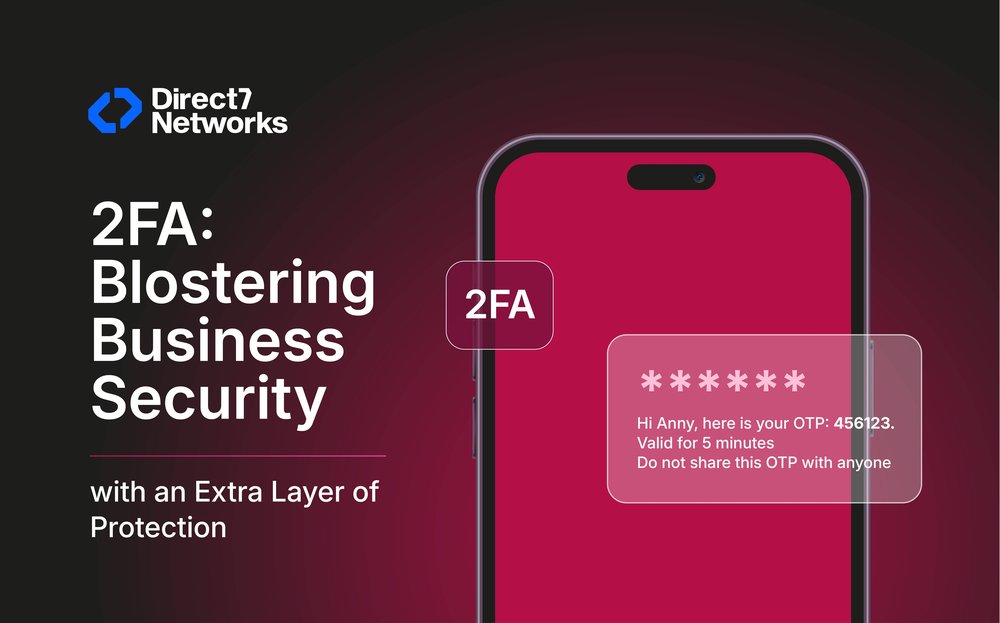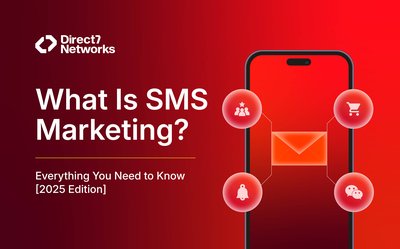
The Effects Of 2FA On Business Security
Discover the benefits of 2fa in your business security
What is 2FA and how does it work?
Two-factor authentication (2FA) is an identity and access management security method that requires two forms of identification to access resources and data.
Two-factor authentication (2FA) works by adding a second login credential in addition to your username and password.
Two-factor authentication via text messages sends a login code to a mobile device number associated with the account, and 2FA via email sends the code to the registered email address.
Authentication app 2FA works by using a mobile app to generate an authentication code.
What is an OTP login?
A one-time password (OTP) is part of two-factor authentication. An OTP is typically a string of digits that a service sends as a text message to a user's phone or email address or that is produced by an authenticator app. The user needs to enter these digits on the service side as an additional security layer to prove his identity.
The recent challenges in the 2FA or OTP login procedure.
Even though 2FA is the most secure Authentication method and defense against security breaches, there are still actions to be considered by the business to safeguard the entire 2FA process. Some recent studies reported a few challenges that can be easily overcome by making some changes. Some typical 2FA vulnerabilities are Artificial Inflation of Traffic (It happens when scammers employ bots to generate fake traffic using legitimate online services like yours), SIM hacking, Man in Middle Attacks, SIM Swapping, Bypassing 2FA with Social Engineering, Wireless Threats, SIM Jacking, Mobilephone Malware..etc.
How can you safeguard your business by bypassing these vulnerabilities?
By determining your level of risk, you can take the first step toward stronger defense. Businesses that have lax security measures during signup and other OTP-generating activities, making it simpler for bots to bypass, are more exposed to risk.
Here are some suggestions for protecting your signup process, as well as some monitoring indicators you should be aware of to prevent falling victim to cybercrime.
● Incorporate a CAPTCHA
The best way to safeguard your company against bots is to use this method. CAPTCHAs are an easy way to demonstrate that you are a human and not a robot. No matter how annoying a CAPTCHA might look, you should have it on your website for improved digital security.
● Implement multi-factor authentication
MFA can use multiple devices for authentication while 2FA can only use one handheld device. The token is generated based on the different devices. Because it gives users more ways to prove their identity, multi-factor authentication is preferable to two-factor authentication.
● For OTP requests set a timer
You can delay or stop bots from continuously generating OTP by setting a timer between the most recent one and the next, which reduces unnecessary traffic.
● Make the signup process more advanced
The highest targeted apps/websites are those that use mobile numbers exclusively for sign-up. The more fields you add (email, username, 2FA, etc.) the harder it is for the bot to use you for AIT and may even push fraudsters away.
● Monitoring Parameters
You can set up monitors to warn you if there is a sudden increase in signups, particularly in unfamiliar countries, a high number of signups or OTP requests coming from a single IP address, a high number of signups from a specific subset of mobile numbers, etc.
● Change your passwords frequently
If a service database leak occurs, you can prevent account hijacking by frequently changing your passwords.
● Avoid clicking on suspicious links
In phishing emails and text messages. When you enter your credentials on a fraudulent site, hackers can steal them.
● PIN protection for SIM cards
This helps prevent unauthorized SIM usage in the event of phone or SIM card theft.
● Enter the OTP directly into browsers
Never send back codes via SMS, and never enter codes from a phone call prompt. Reliable services do not provide these authentication options.
● Implement a reliable brute-force protection system
Brute-force attacks can be prevented by enforcing account lockouts, rate limiting, IP-based monitoring, application firewalls, and CAPTCHAs.
Despite the vulnerabilities, 2FA remains one of the best ways to protect accounts. It requires a lot of technical and advanced hacking, and not many people are capable of doing that. To ensure that your 2FA parameters are fully optimized, be sure to apply the best practices listed above.
D7 Verify- Secure, Safe & User-Friendly
The D7 Two-Factor Authentication Verifier API is extremely user-friendly and designed using simple coding to address stronger authentication. Our feature-rich API can be tailored to fit your organization’s needs.




